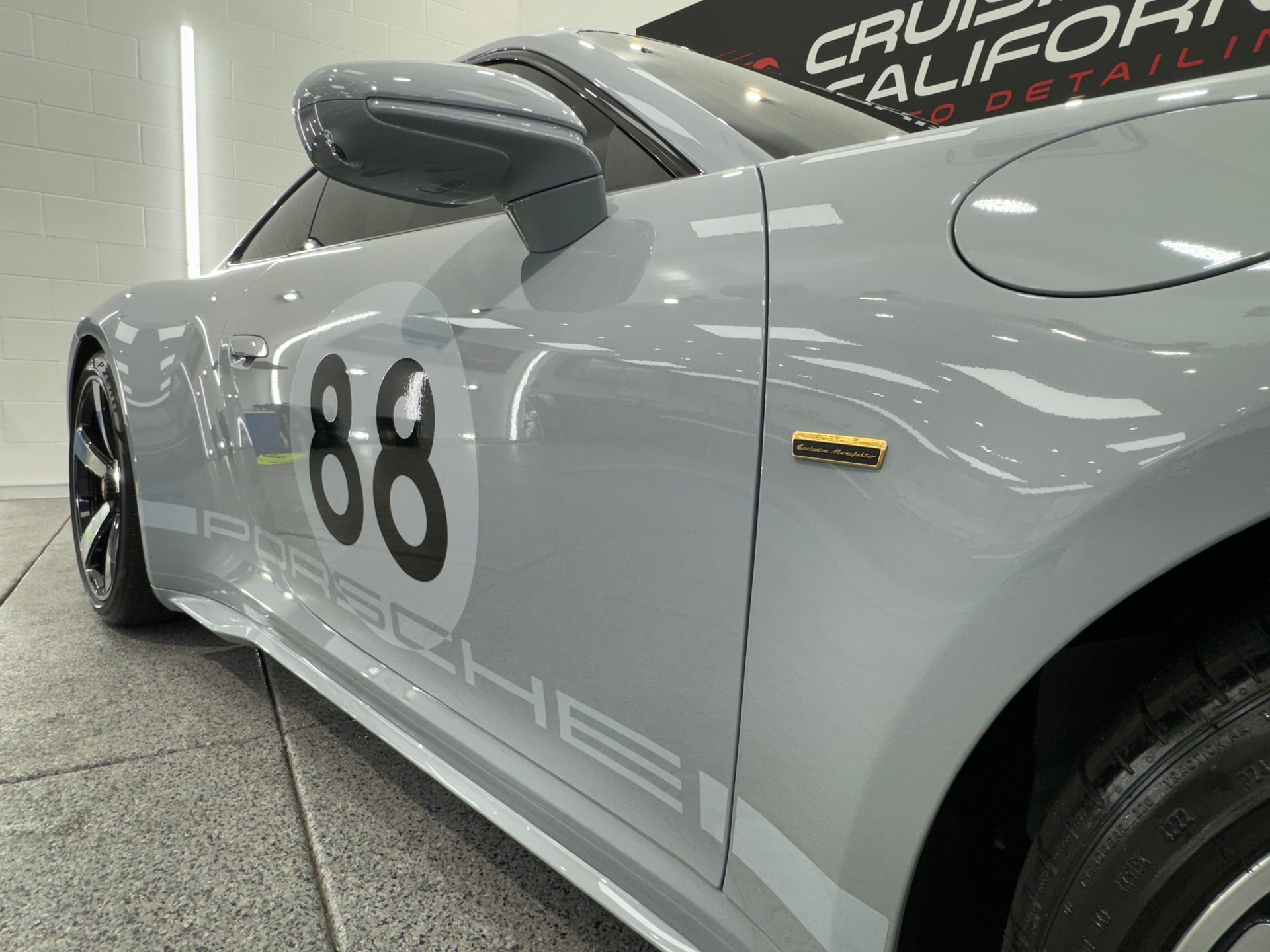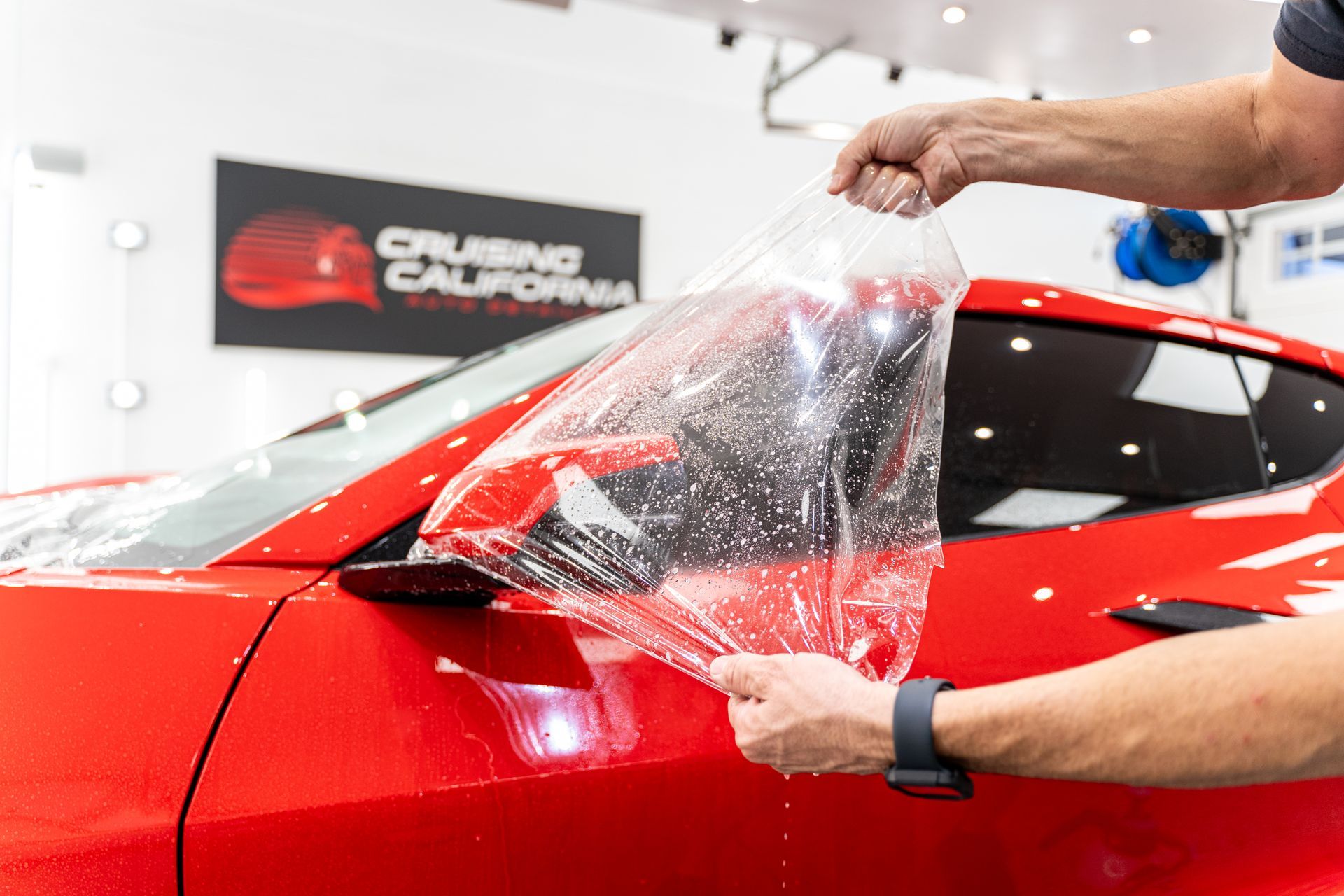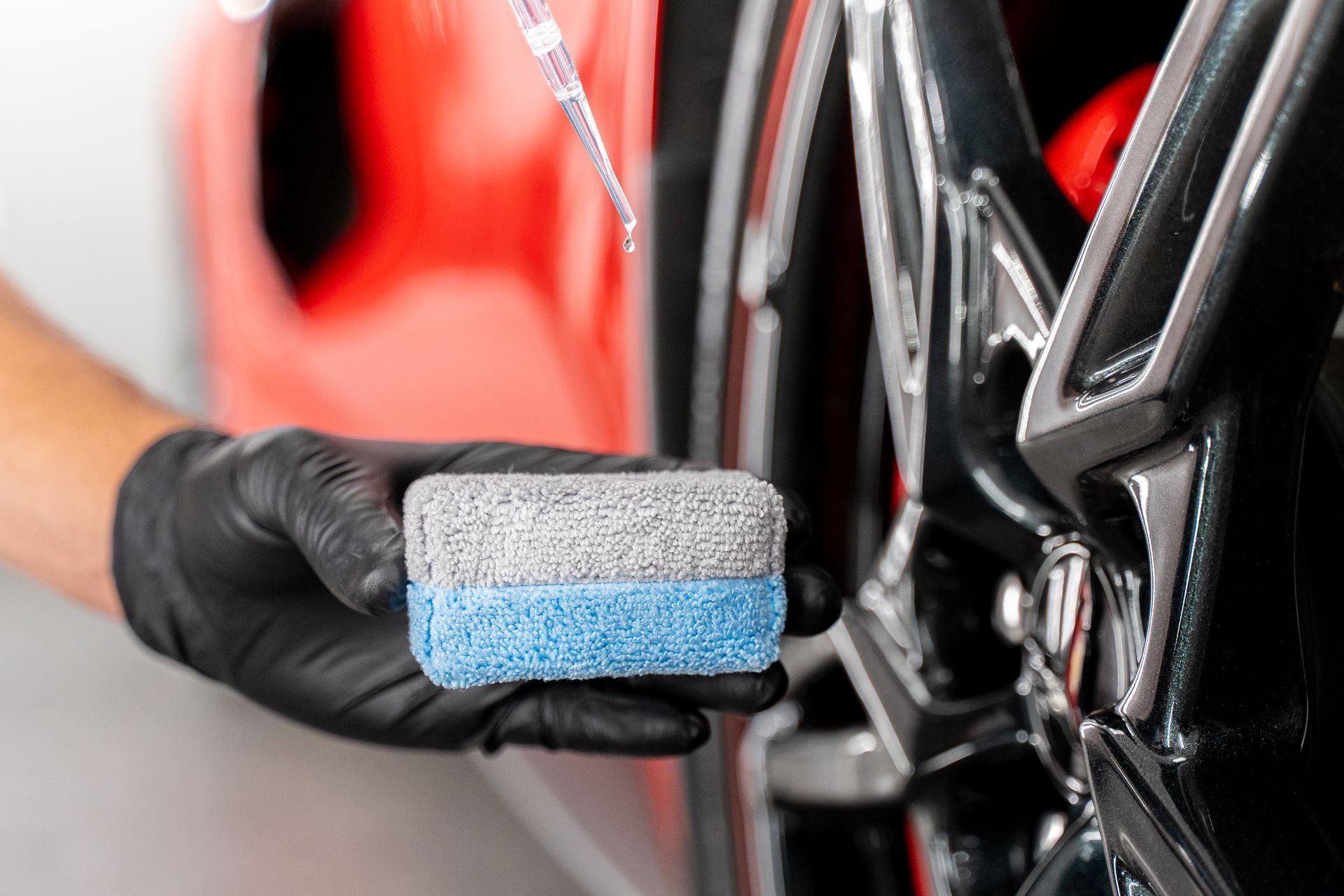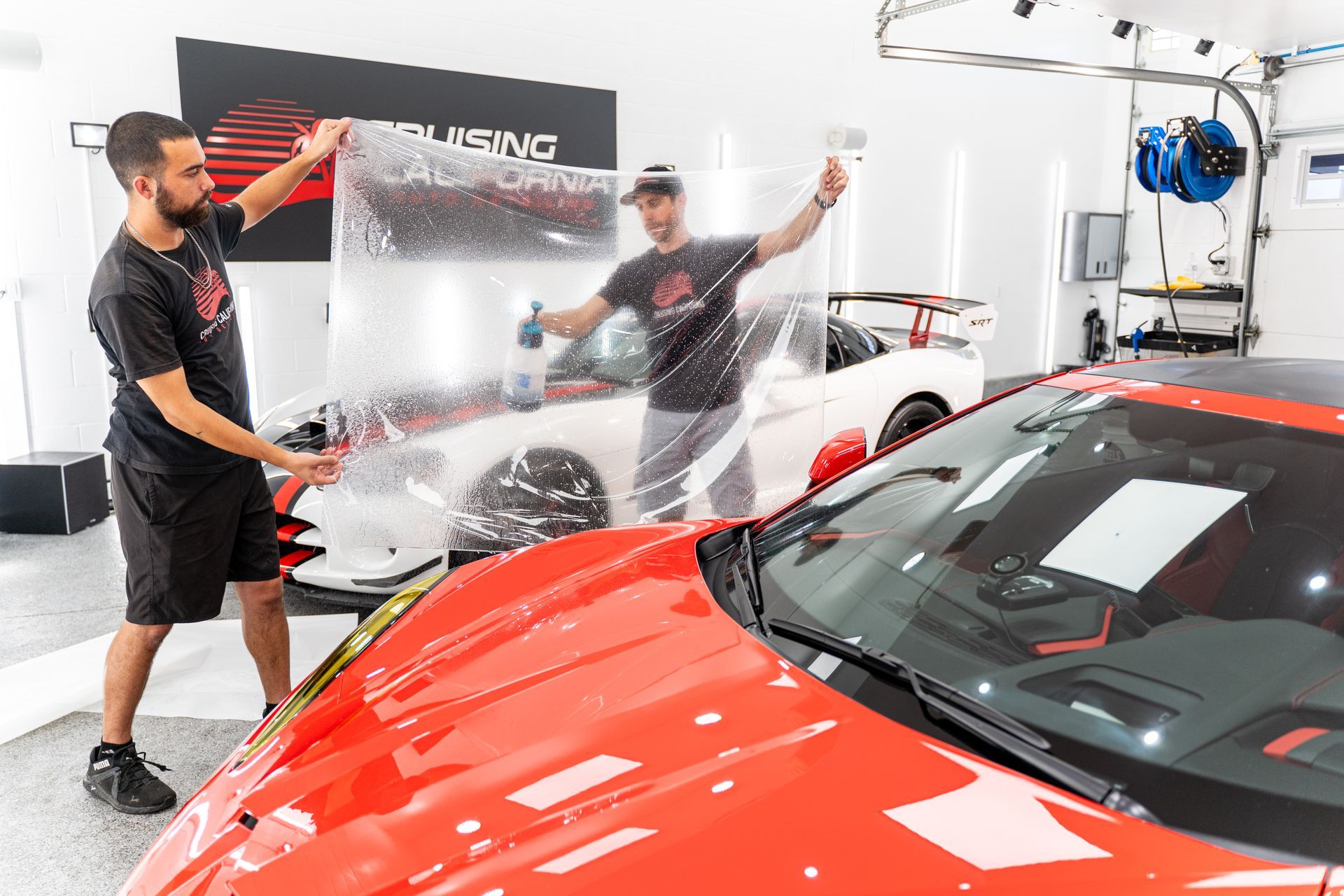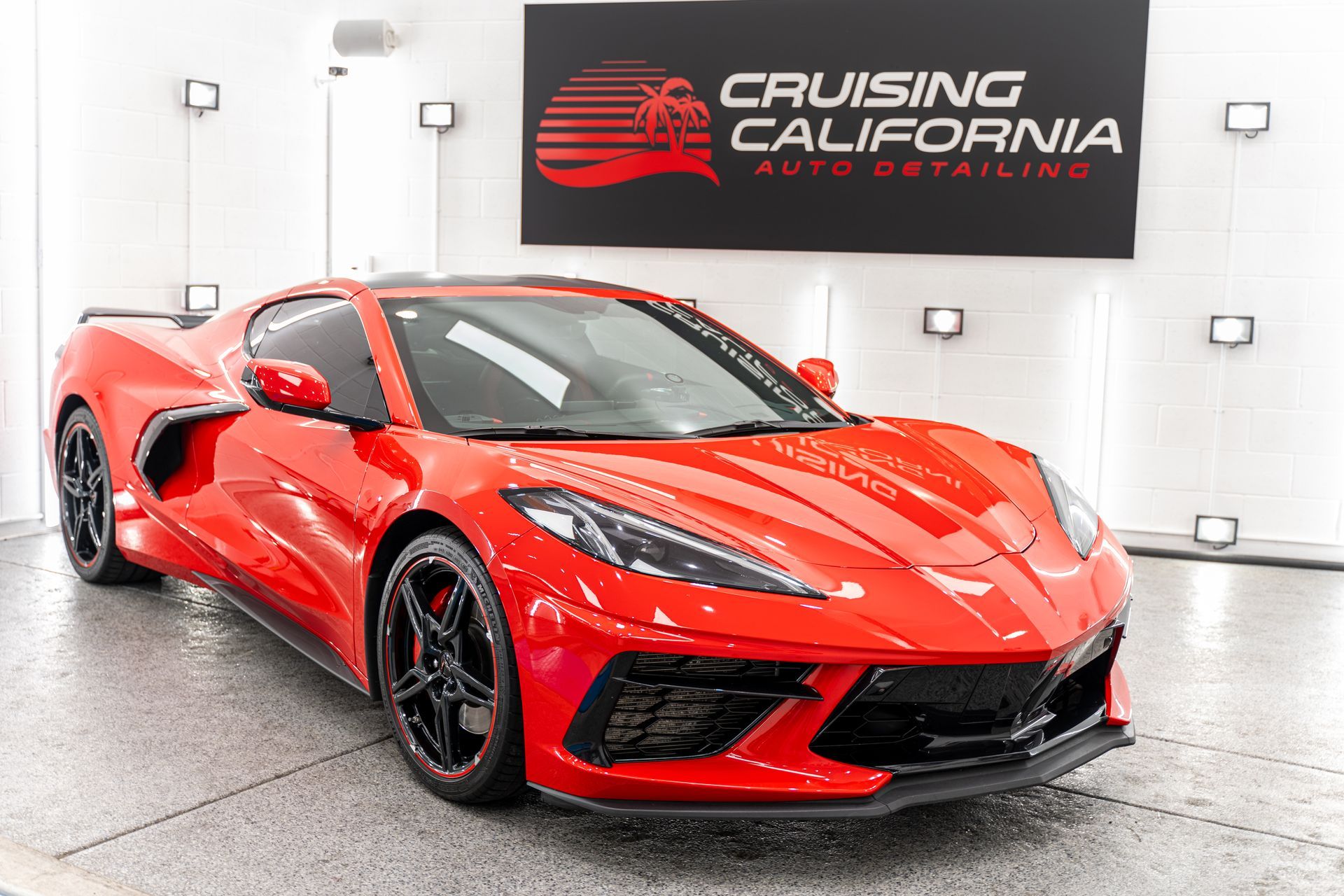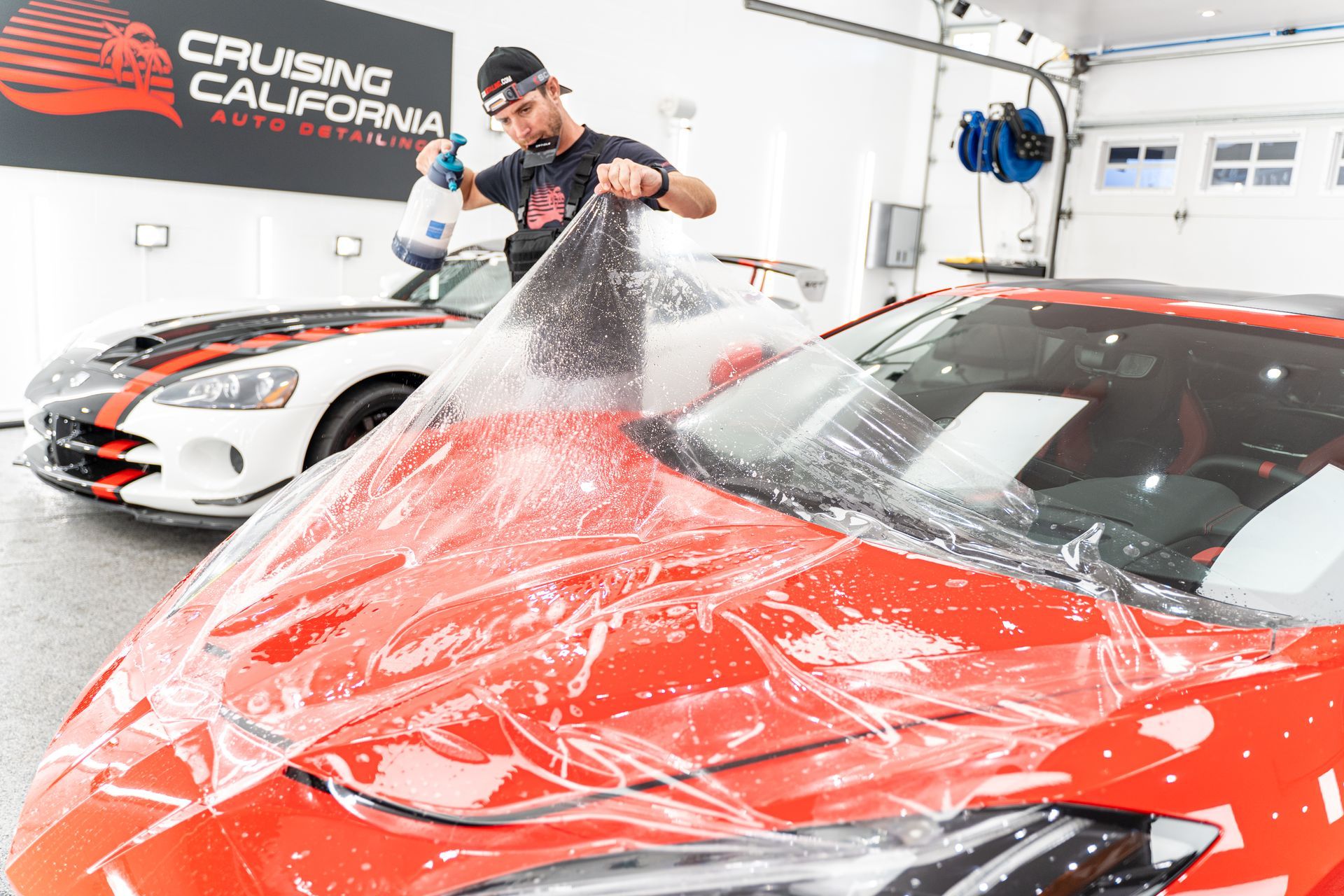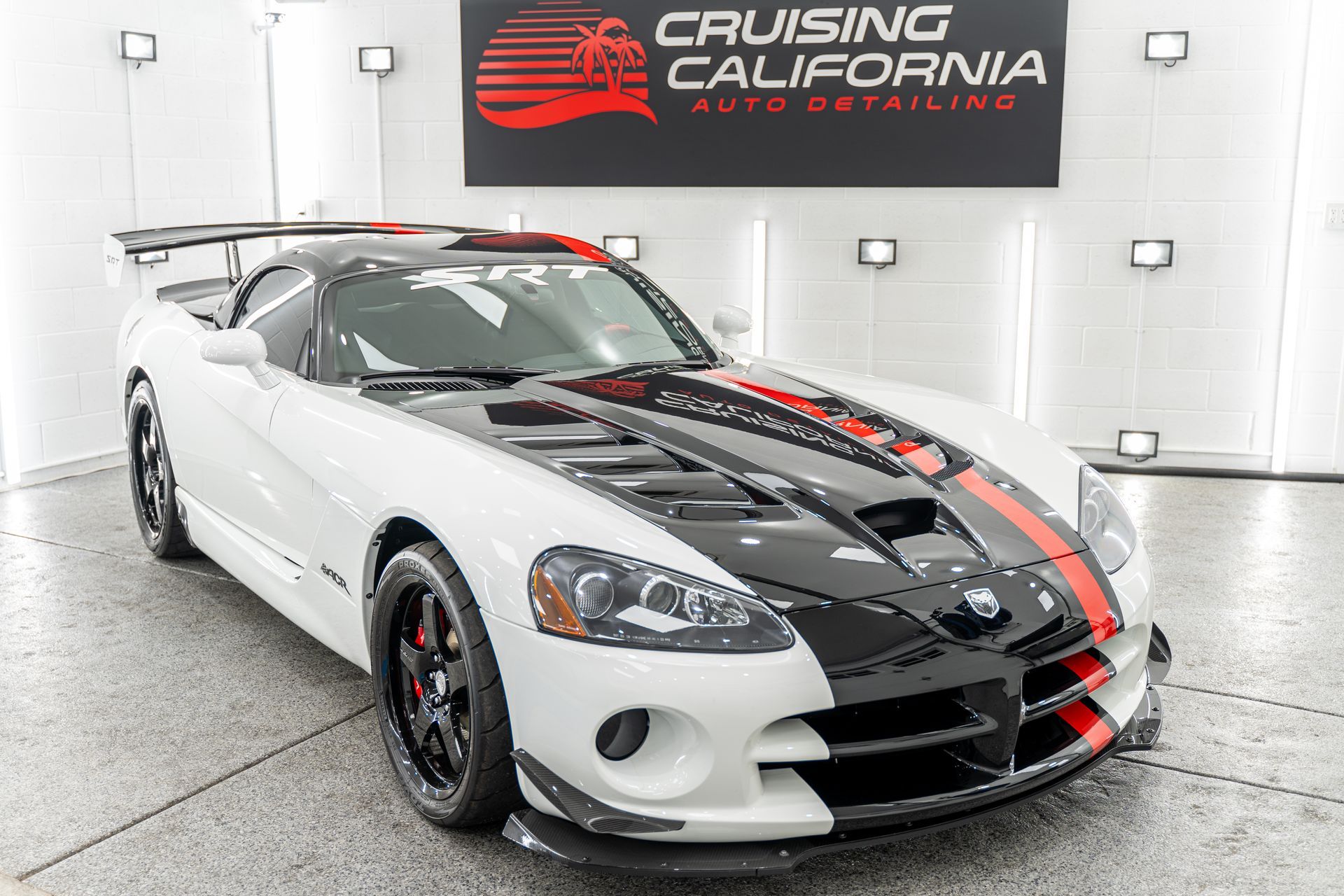Every car enthusiast has faced the dilemma: invest in a high-quality ceramic coating or stick with traditional waxing? The debate often circles around promises of long-term protection versus immediate appeal. Imagine rolling down your favorite highway on a sunny weekend drive—it feels great until you notice those stubborn bird droppings marring your car's perfect finish. This is where ceramic coating shines; it offers unparalleled protection against such everyday contaminants.
Ceramic coating proves to be a worthy investment due to its long-term protective properties against environmental contaminants, its ability to enhance the visual appeal of the vehicle, and its potential to increase the car's resale value. While the initial cost may be higher than traditional waxing or paint sealants, the longevity and durability make it a prudent choice for preserving your vehicle's appearance.
What is Ceramic Coating?
Ceramic coating is like a magical shield for your car. It's a clear liquid made of nanoparticles that bond with your car’s paint to form a super tough protective layer. Think of it as an invisible force field that guards your car from environmental damage and keeps it looking new for longer. So, why do luxury car owners swear by it? Imagine being able to shield your car from the sun's harmful UV rays, pesky bird droppings, tree sap, harsh chemicals, and other environmental contaminants. Ceramic coating does just that. It's like having a superhero cape for your car; it repels these everyday threats and keeps your car safe and looking fresh. Plus, it's not just a temporary fix like waxing; instead, it provides long-lasting protection for up to several years.
Benefits of Ceramic Coating
High-end vehicles use ceramic coatings to maintain their gleaming finishes and prolong the life of their paint jobs. Let's break down some key benefits in a bit more detail:
- UV Resistance: The sun’s powerful rays can slowly fade and dull your car’s paint over time, but ceramic coating acts as a barrier against these damaging UV rays.
- Bird Droppings and Tree Sap Protection: You know how annoying it is to find bird droppings or tree sap on your car? They can leave lasting marks on your vehicle, but with ceramic coating, you won't have to worry about permanent damage from these pesky invaders.
- Longevity: Unlike waxing that only lasts a few months, ceramic coating can protect your car for several years.
Consider this: Just like the sleek armor of the knights of old protected them in battle, ceramic coating shields your vehicle from the elements that would normally wear down its shiny exterior. In simple terms, ceramic coating provides exceptional weather resistance, enhanced visual appeal, longevity, and preservation of market value by maintaining the original paint quality. Some critics argue that the initial investment for ceramic coating may seem high compared to waxing or other paint sealants, but considering its long-term benefits, many believe it's a worthwhile investment in protecting and preserving the appearance of their vehicle.
By chemically bonding with your vehicle’s factory paint, ceramic coating adds monetary value by maintaining its original paint job. It not only ensures top-notch paint quality but also reduces the need for frequent repainting and touch-ups. Your car stays newer for longer—almost like turning back time!
Breaking Down the Costs
The initial application cost for ceramic coating is a significant factor to consider when evaluating its worth for your vehicle. The cost typically ranges from $1000 to $3,000 and is influenced by factors such as the vehicle's size, paint condition, and the quality of the coating. For example, larger vehicles like SUVs and trucks generally incur higher costs due to requiring more product and labor. Similarly, older cars may necessitate more extensive paint correction and prep work before the coating can be applied. The quality of the ceramic coating also plays a role in determining the cost. Entry-level coatings are more affordable; professional-grade coatings come with a heftier price tag; and luxury coatings offer the highest level of protection but at a higher cost.
Professional vs. DIY Kits
The cost of hiring a professional for high-end ceramic coatings can range from $1,000 to $3,000 or even more for luxury options. This cost usually includes not just the application of the coating but also any necessary paint correction and surface preparation. On the other hand, if you're considering a DIY approach, you can find ceramic coating kits at a lower price point, typically ranging from $20 to $150. These DIY kits may seem like an attractive option due to their affordability, but they may not offer the same level of durability and effectiveness that professional applications provide.
The disparity in cost between professional and DIY applications may seem substantial, but it's crucial to weigh this against the long-term benefits and effectiveness of each option. While a professional application may require a larger upfront investment, it often comes with guarantees and warranties that provide peace of mind knowing that your vehicle is receiving top-tier protection. So, when considering ceramic coating costs, it's crucial to factor in not just the initial application expenses but also the long-term benefits and protection offered by different types of coatings and application methods. The decision ultimately hinges on finding the right balance between upfront costs and lasting value for your vehicle.
Key Benefits of Ceramic Coating
Investing in a high-quality ceramic coating provides long-term protection for your vehicle. With up to five years of safeguarding against environmental contaminants, UV damage, and oxidation, you significantly reduce the need for frequent waxing and paint touch-ups. This means less time spent on maintenance and more time enjoying your vehicle's pristine appearance. When you opt for a professional-grade ceramic coating, you're not just getting surface-level protection. The advanced formulation chemically bonds with your vehicle's factory paint, creating a durable shield against harsh elements. Imagine it as a protective force field that preserves your car's paint quality, enhancing its longevity while minimizing the impact of environmental factors.
- Enhanced Visual Appeal: Beyond durability, ceramic coatings bestow your vehicle with an unparalleled level of visual appeal. The glossy finish creates a deep, high-definition effect that enriches the color and clarity of your car's paint. Whether it's the radiant sheen catching the sunlight or the mirror-like reflection in the moonlight, your vehicle will exude a showroom-worthy luster that turns heads wherever you go. It's like giving your vehicle a makeover that elevates its appearance to a whole new level. The clarity and depth brought out by the ceramic coating are similar to revitalizing an old painting, revealing vivid details and vibrancy that had been obscured over time. The transformation is not just superficial; it's an enhancement deeply embedded in the very fabric of your vehicle's exterior.
- Ease of Maintenance: One of the most celebrated attributes of ceramic coatings is their hydrophobic nature. This means they repel water, making it remarkably easy to clean your car. The water beading effect not only enhances the visual allure but also ensures that dirt and grime are less likely to stick to the surface. As a result, you'll find yourself spending significantly less time and effort on regular upkeep, freeing up more precious moments for other pursuits. The hydrophobic properties create a shield of defense against dirty water from rain or residual splashes on the road. It's like having protective boundary around your vehicle that acts as a guardian against unsightly deposits that normally accumulate without such proactive measures. As a result, maintaining the pristine condition of your car becomes an effortless endeavor, allowing you to relish in its beauty without unnecessary burdens.
Evaluating Investment Value
It's natural to wonder whether investing in ceramic coating is a smart financial decision. Let's break down the elements that contribute to the true value of ceramic coating for your vehicle. When considering the potential return on investment, two significant factors stand out: resale value and cost efficiency over time.
Resale Value
When it comes to selling your vehicle, the exterior condition plays a crucial role. A pristine exterior, preserved shine, and exceptional paint quality can significantly increase your car's resale value. Potential buyers are often willing to pay more for a car that has been meticulously protected with ceramic coating. The lasting protective layer imparted by ceramic coating ensures that the original paint quality is maintained, making your vehicle an alluring option on the market. Imagine it this way: When you maintain the appearance and integrity of your car's exterior with ceramic coating, you're essentially safeguarding its market appeal. Just as well-kept homes command higher prices in the real estate market, a vehicle that gleams with the durability and luster of ceramic coating holds greater appeal to potential buyers.
Cost Efficiency Over Time
The prospect of paying a higher upfront cost for ceramic coating may raise concerns about cost efficiency. However, it's important to consider the long-term financial implications. While traditional waxing and paint repairs can incur recurring expenses, investing in ceramic coating offers a financially sensible approach in the long run. The durable protective properties of ceramic coatings translate to significant savings over time.
Factors Affecting Price
Considering a ceramic coating for your vehicle involves recognizing several key factors that can significantly impact the cost of the service. Understanding these factors will help you make an informed decision when evaluating the investment value of ceramic coating.
- Vehicle Size: The size of your vehicle directly influences the amount of ceramic coating material required and the time needed for application. Larger vehicles, such as SUVs and trucks, generally demand more coating material and application time, resulting in higher costs compared to smaller cars. This is due to the increased surface area that needs to be covered, which requires more material and labor for thorough application. For example, a midsize sedan would typically have a lower cost for ceramic coating compared to a full-size SUV due to the difference in surface area. The additional material and labor required for larger vehicles contribute to an increase in overall pricing. When calculating potential costs, it's essential to consider the specific dimensions of your vehicle and how they may impact the pricing structure offered by service providers.
- Paint Condition: The condition of your vehicle's paint plays a pivotal role in the cost of ceramic coating. Vehicles with existing paint damage, such as swirl marks, fine scratches, or oxidation, may require additional preparation work before applying the ceramic coating. This preparation work is often referred to as "paint correction" and involves meticulous detailing to rectify imperfections in the paint surface. Paint correction procedures can include polishing, compounding, or even wet sanding to restore the integrity of the paint before the ceramic coating is applied. The need for paint correction can add an extra $200 to $500 or more to the overall cost, depending on the extent of the damage and the level of correction required. It's crucial to address any existing paint issues before applying ceramic coating for optimal results.
- Quality of Coating: The quality of the ceramic coating product itself is a significant determinant of pricing. Higher-quality coatings with advanced formulations and enhanced durability naturally command a higher price point compared to entry-level coatings. These premium-grade coatings offer superior protection against environmental elements, increased resistance to chemical etching, and prolonged longevity. For instance, professional-grade ceramic coatings designed to resist harsh weather conditions and provide long-term protection carry a higher price tag due to their advanced chemical composition and extensive testing. While entry-level coatings may offer basic protection, they may not deliver the same level of resilience and longevity as their higher-quality counterparts.
Understanding these critical factors related to vehicle size, paint condition, and coating quality is essential when evaluating the cost dynamics associated with ceramic coating services. Each factor adds distinct layers of complexity and consideration to the overall pricing structure, influencing both initial investment decisions and long-term satisfaction with the results.
Making an Informed Decision
Deciding whether to invest in a ceramic coating for your vehicle is more than just a financial decision. It's about protecting and maintaining one of your most valuable assets—the vehicle itself. As with any significant investment, it's important to gather as much information as possible and make a well-informed decision based on your specific needs and circumstances.
Key Considerations
- Assess Your Needs: Reflect on how you use your vehicle and what you expect from it. If you frequently use your car and want to effortlessly maintain its appearance, investing in a high-quality ceramic coating can be advantageous. Moreover, if you intend to keep your car for several years, a ceramic coating can help preserve its original paint job and minimize the need for frequent repainting or touch-ups.
- Professional Consultation: While DIY ceramic coating kits exist, seeking advice from professionals can provide invaluable insights. Reputable service providers can assess your vehicle's paint condition, recommend suitable ceramic coatings, and ensure correct application. Research trusted reviews on websites or forums where users share their experiences with specific service providers.
- Cost-Benefit Analysis: Compare the initial cost of ceramic coating with its long-term benefits. Although the initial cost may seem higher than traditional waxing or sealants, the durability and protective properties of ceramic coatings save time and money by reducing the frequency of reapplications and potential repairs.
- Long-Term Benefits: Evaluate the long-term benefits of a ceramic coating, such as protection against environmental elements, enhanced visual appeal, increased resale value, and hydrophobic properties that repel water and make cleaning easier. Ceramic coatings offer exceptional weather resistance and durability, ensuring long-lasting protection against UV damage, oxidation, and environmental contaminants for up to 5 years compared to traditional wax coatings that last only 2-3 months.
Investing in professional-grade ceramic coating guarantees that incidents like bird droppings or tree sap won't leave lasting marks on a vehicle's surface. The effort put into researching and deliberating before choosing a ceramic coating ensures that you have a clear understanding of the potential benefits and costs involved. It provides peace of mind knowing that you've made an informed decision based on your unique situation and requirements. By making an informed decision now, you can enjoy the lasting benefits of a well-maintained vehicle in the future.
Unmatched Ceramic Coating Services in El Cajon, CA
Experience unparalleled protection for your vehicle with CCA Detailing & Ceramic Coating | PPF in El Cajon, CA. Our expert ceramic coating services are designed to preserve the beauty of your paint while providing a durable shield against the elements. With our advanced techniques and premium products, we ensure a sleek, glossy finish that lasts. Trust us to enhance your vehicle's appearance and safeguard its value. Book your ceramic coating appointment today! You can also call us at (619) 916-6157 to get started!


